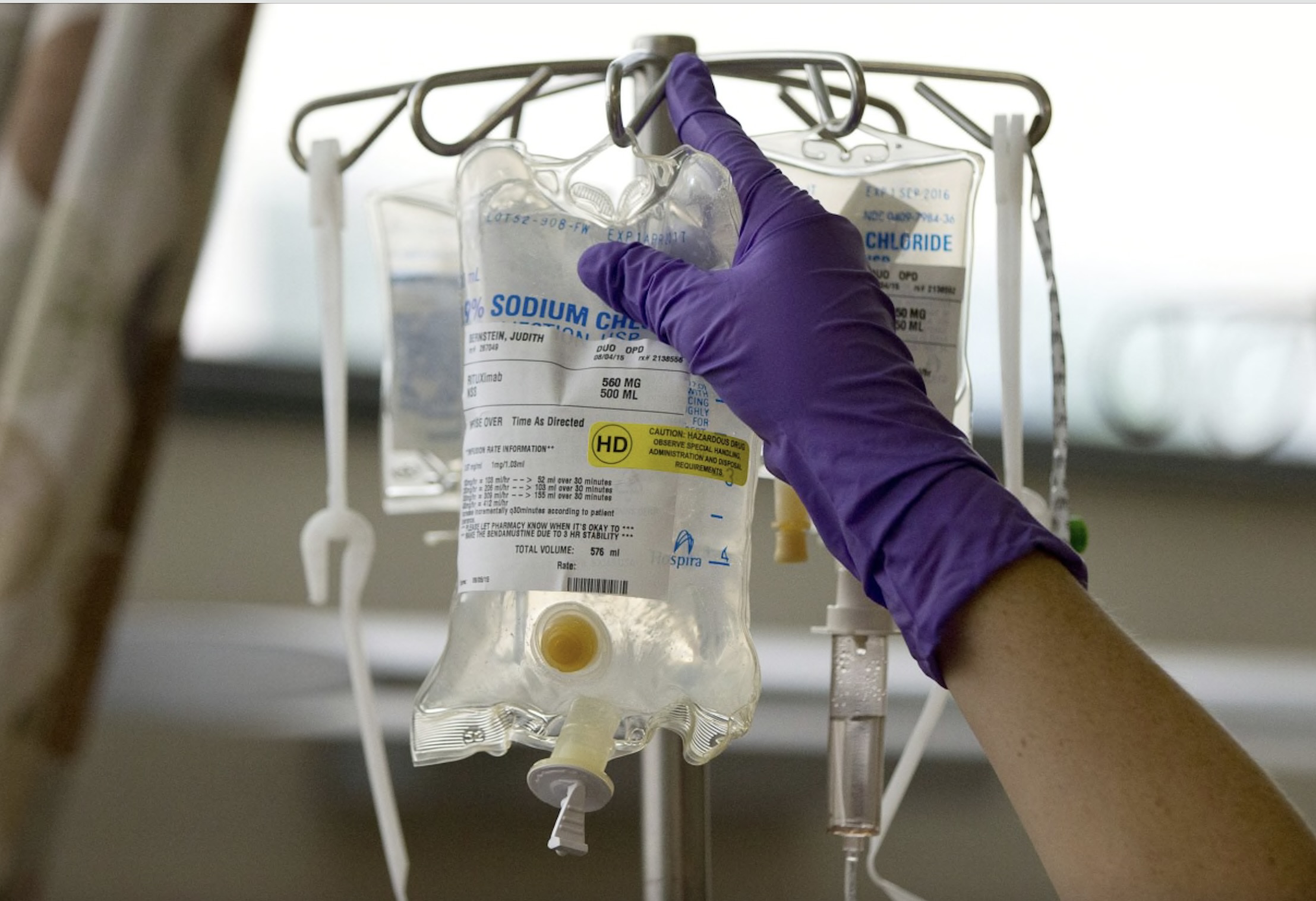Multiple Myeloma: Symptoms, Causes, Treatment
What are the symptoms of multiple myeloma?
Multiple myeloma is a type of cancer that affects plasma cells, a type of white blood cell found in the bone marrow. The symptoms of multiple myeloma can vary, and some people may not experience any symptoms in the early stages of the disease. However, as the disease progresses, the following symptoms may develop:
- Bone pain: One of the most common symptoms of multiple myeloma is bone pain, especially in the back, ribs, and hips. The pain is often persistent and may worsen with movement.
- Bone fractures: Multiple myeloma can weaken the bones, leading to an increased risk of fractures, especially in the spine.
- Fatigue: Many people with multiple myeloma experience fatigue, which can be severe and debilitating.
- Weakness: Weakness, especially in the legs, can occur as a result of the effects of the disease on the bones and muscles.
- Anemia: Multiple myeloma can lead to a decrease in red blood cells, resulting in anemia. Symptoms of anemia can include fatigue, weakness, and shortness of breath.
- Frequent infections: Multiple myeloma can weaken the immune system, making a person more susceptible to infections.
- Kidney problems: Multiple myeloma can affect the kidneys, leading to symptoms such as swelling in the hands and feet, increased thirst, and changes in urination patterns.
- Hypercalcemia: High levels of calcium in the blood, known as hypercalcemia, can occur in people with multiple myeloma. Symptoms can include frequent urination, thirst, constipation, nausea, and confusion.
- Neurological symptoms: In some cases, multiple myeloma can affect the nerves, leading to symptoms such as numbness, tingling, or weakness, especially in the legs.
- Weight loss: Unexplained weight loss can occur in some people with multiple myeloma.
It’s important to note that these symptoms can also be caused by other conditions, so it’s essential to see a healthcare provider for an accurate diagnosis if you experience any of these symptoms. Early detection and treatment of multiple myeloma can help improve outcomes and quality of life.
What are the causes of multiple myeloma?
The exact cause of multiple myeloma is unknown, but several factors may contribute to its development. These include:
- Genetic factors: Multiple myeloma is more common in people with a family history of the disease, suggesting a genetic predisposition.
- Age: Multiple myeloma is more common in older adults, with the risk increasing with age.
- Race: African Americans are at a higher risk of developing multiple myeloma than people of other races.
- Gender: Men are slightly more likely to develop multiple myeloma than women.
- Exposure to radiation: Prolonged exposure to high levels of radiation may increase the risk of developing multiple myeloma.
- Chemical exposure: Some studies suggest that exposure to certain chemicals, such as pesticides, may be linked to an increased risk of multiple myeloma.
- Obesity: Obesity has been associated with an increased risk of multiple myeloma, although the exact mechanism is not fully understood.
- Other medical conditions: Certain medical conditions, such as monoclonal gammopathy of undetermined significance (MGUS), may increase the risk of developing multiple myeloma.
It’s important to note that having one or more of these risk factors does not mean that a person will develop multiple myeloma. Many people with multiple myeloma do not have any known risk factors, and the disease can occur in individuals with no family history of the condition.
What is the treatment for multiple myeloma?
The treatment for multiple myeloma depends on several factors, including the stage of the disease, the person’s age and overall health, and the presence of any symptoms. Treatment aims to reduce symptoms, slow the progression of the disease, and improve quality of life. Common treatments for multiple myeloma include:
- Chemotherapy: Chemotherapy drugs are used to kill cancer cells and reduce the size of tumors. They are often used in combination with other treatments.
- Targeted therapy: Targeted therapy drugs work by targeting specific molecules involved in cancer cell growth. These drugs may be used alone or in combination with other treatments.
- Immunomodulatory drugs (IMiDs): IMiDs, such as lenalidomide and pomalidomide, help the immune system recognize and attack cancer cells. They are often used in combination with other drugs.
- Steroids: Steroids, such as dexamethasone, can help reduce inflammation and slow the growth of cancer cells. They are often used in combination with other drugs.
- Bone marrow transplant: A bone marrow transplant may be recommended for some people with multiple myeloma. This procedure involves replacing diseased bone marrow with healthy marrow from a donor.
- Radiation therapy: Radiation therapy uses high-energy rays to kill cancer cells. It may be used to shrink tumors and reduce pain in certain cases.
- Surgery: Surgery may be used in some cases to remove a tumor or repair a broken bone caused by multiple myeloma.
- Supportive care: Supportive care, such as pain management, treatment for anemia, and management of infections, is an essential part of treatment for multiple myeloma.
Treatment for multiple myeloma is often given in cycles, with periods of treatment followed by periods of rest to allow the body to recover. The specific treatment plan will depend on the individual and should be determined by a healthcare team experienced in treating multiple myeloma.




